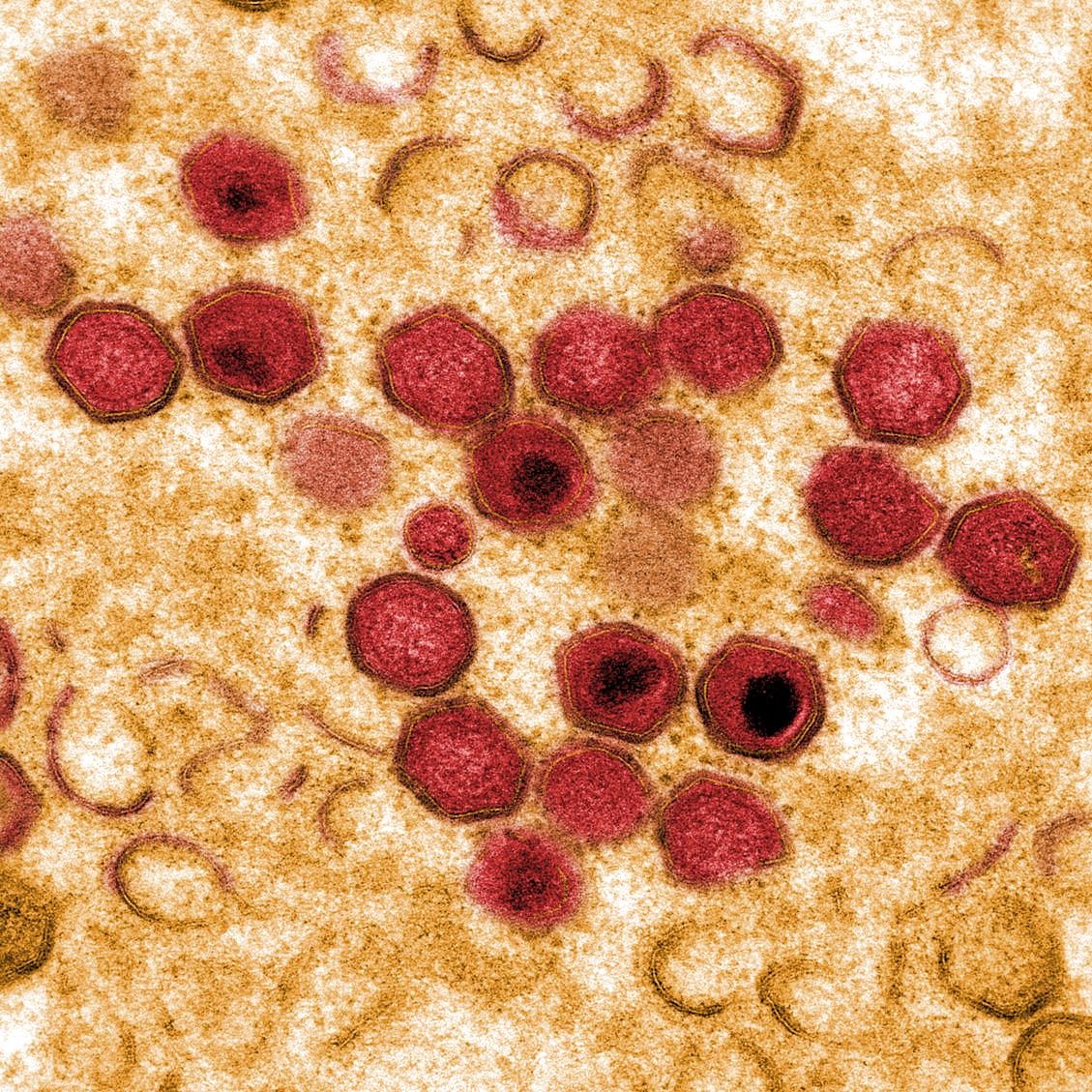Pathology of African swine fever: The role of monocyte-macrophage
African swine fever (ASF) is a viral hemorrhagic disease with different clinical and lesional changes depending of virulence of strains/isolates and immunological status of pigs. In acute and subacute forms of ASF, severe vascular changes are present, with hemorrhages in different organs (mainly melena, epistaxis, erythema, renal petechiaes and diffuse hemorrhages in lymph nodes), pulmonary edema, disseminate intravascular coagulation and thrombocytopenia. Lymphopenia and monocytopenia are developed during acute and subacute ASF. Lymphopenia is associated with lymphoid depletion in primary and secondary lymphoid organs, which is caused by apoptosis. All these lesions are not related to viral replication in endothelial cells or lymphocytes. Monocytes-macrophages show viral replication and cytophatic effect, including hemadsorption. The more significant changes in these cells are increased number and secretory activation (increased levels of proinflammatory cytokines) in targets organs. Proinflammatory activation is the initial cause of clinical and lesional pictures in ASF, including fever and changes in levels of acute phase proteins. Levels of IFN-beta and -gamma are increased from initial phase of acute ASF. Anti-inflammatory response, represented by increased level of IL-10, is observed also, although in the final phase of acute ASF only.
Back to publications
